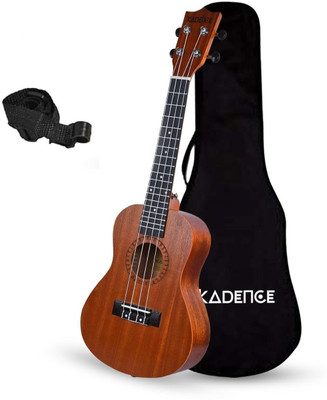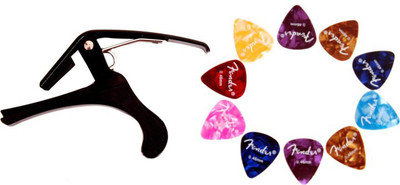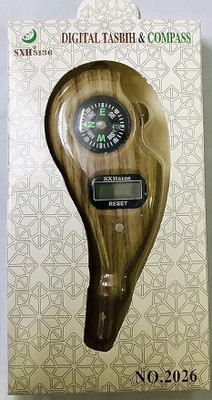
Naad Designer Playable Artistic Indian Musical Miniature Tune Wooden Sitar Sitar Strings (Nickel, Bronze)
Share
Naad Designer Playable Artistic Indian Musical Miniature Tune Wooden Sitar Sitar Strings (Nickel, Bronze)
3.5
6 Ratings & 1 Reviews₹101/month
36 months EMI Plan with BOBCARD
Special price
₹2,863
₹6,999
59% off
Available offers
T&C
T&C
T&C
T&C
Delivery
Check
Enter pincode
Delivery by4 May, Sunday|Free
?
View Details
Services
- Cash on Delivery available?
Seller
Description
Designer Artistic Indian Musical Miniature Tune Wooden Sitar Love Music Live Music This is our miniature version of the Standard Dark Sitar. Standard decorations, no rear toomba, 5 main, 2 chikari and 4 sympathetic strings. Approximately: 22 1/2"L x 6" W x 5" H. Makes a perfect decor item. Decorations and colors will vary. These are all individually made and will be unique. The instrument flourished under the Mughals, and it is named after a Persian instrument called the setar (meaning three strings). The sitar flourished in the 16th and 17th centuries and arrived at its present form in 18th-century India. It derives its distinctive timbre and resonance from sympathetic strings,bridge design, a long hollow neck and a gourd-shaped resonance chamber. In appearance, the sitar is similar to the tanpura, except that it has frets. Tuning depends on the sitarist's school or style, tradition and each artist's personal preference. The main playing string is almost invariably tuned a perfect fourth above the tonic, the second string being tuned to the tonic. The tonic in the Indian solfège system is referred to as ?a?ja, ?a?aj, or the shortened form sa, or kha?aj, a dialectal variant of ?a?aj, not as v?d, and the perfect fifth to which one or more of the drones strings are tuned is referred to as pañcam, not samv?d. The sympathetic strings are tuned to the notes of the raga being played: although there is slight stylistic variance as to the order of these, typically they are tuned: I Sa= D VII Ni= C# I Sa= D II Re= E III Ga= F# IV Ma= G V Pa= A VI Dha= B I Sa= D II Re= E III Ga= F# (the last three in the upper octave). The player should re-tune for each raga. Strings are tuned by tuning pegs, and the main playing strings can be fine-tuned by sliding a bead threaded on each string just below the bridge.
Read More
Specifications
| Brand |
|
| Model Number |
|
| String Material |
|
| Designed For |
|
| Number of Main Strings |
|
| Number of Sympathetic Strings |
|
| Color |
|
Manufacturing, Packaging and Import Info
Ratings & Reviews
3.5
★
6 Ratings &
1 Reviews
- 5★
- 4★
- 3★
- 2★
- 1★
- 3
- 1
- 0
- 0
- 2
5
Mind-blowing purchase
Yes product is good but size is very small I want big size of the product
READ MORERajesh Dubey
Certified Buyer, Navi Mumbai
4 months ago
4
0
Report Abuse
Have doubts regarding this product?
Safe and Secure Payments.Easy returns.100% Authentic products.
Back to top











